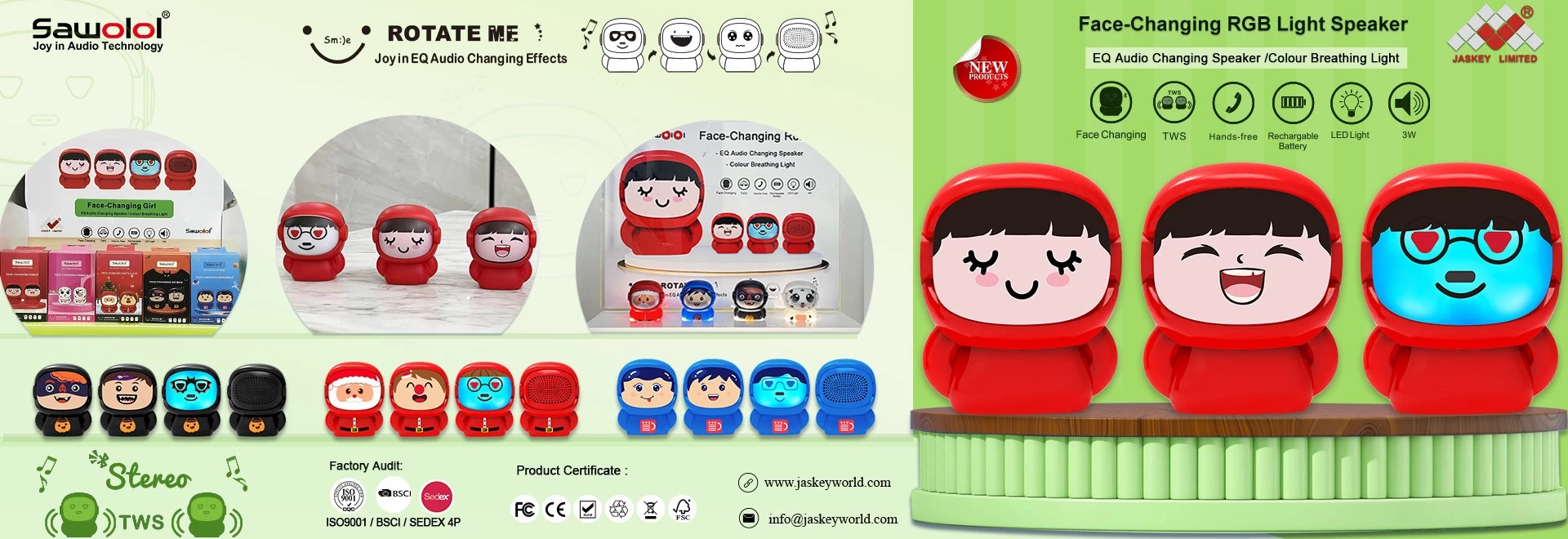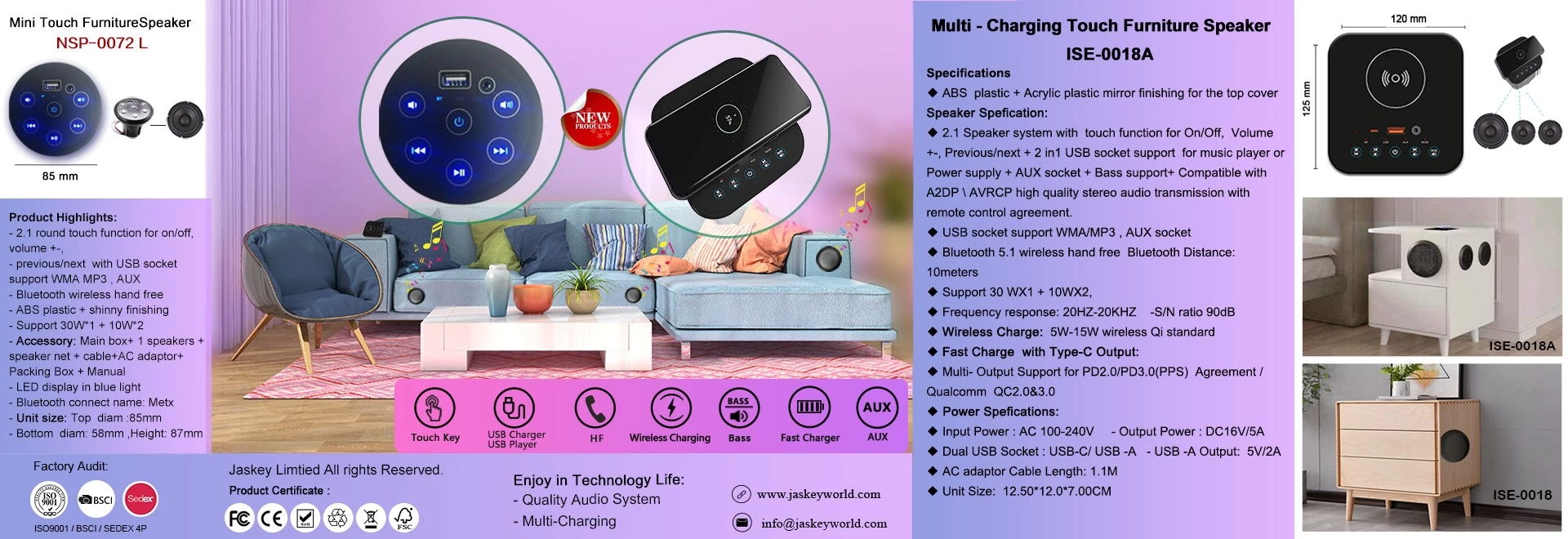How the sound was invented?
In 1915, there was an American named E. S. Pridham put a telephone listener of the time on a horn that played record audio, and when the sound could be heard by a group of people celebrating Christmas in San Francisco, electroacoustics was born. When the First World War ended, at the inauguration of President Harding of the United States, the Bell Company of the United States connected the dynamic receiver of the telephone to the horn of the record player at the time, and the sound was transmitted to watch the inauguration of the president. A large group of people at the ceremony produced a lot of professional sound research and development of the science of sound reinforcement engineering. Sound researchers are not simply trying to improve sound equipment, but also doing various experiments on different sound to understand the human response to hearing. But the most advanced acoustic researchers all understand that acoustics is a holistic study. They have to understand every aspect of audio equipment and the physiological response of humans to hearing. They have made a great contribution.

Development History
Electron tube
In 1906, American DeForest invented the vacuum triode, creating a precedent for human electroacoustic technology. In 1927, Bell Laboratories invented the negative feedback technology, which brought the development of audio technology into a new era. The more representative ones, such as the Williamson amplifier, successfully used the negative feedback technology to greatly reduce the distortion of the amplifier. In the 1950s, the development of tube amplifiers reached a climax, and various tube amplifiers emerged one after another. Due to the sweet and mellow tone of the main technical indicator of the electronic tube, the amplifier is still preferred by enthusiasts.
Transistor
The emergence of transistors in the 1960s enabled the majority of audio enthusiasts to enter a broader audio world. Transistor amplifier has the characteristics of delicate and moving tone, lower distortion, wider frequency response and dynamic range.
integrated circuit
In the early 1960s, the United States first introduced integrated circuits, a new member of audio technology. By the early 1970s, integrated circuits were gradually recognized by the audio industry for their high quality, low price, small size, and multiple functions. . Since its development, thick film audio integrated circuits and operational amplifier integrated circuits have been widely used in audio circuits.
Field effect tube
In the mid-1970s, Japan produced the first field-effect power tube. Because the field-effect audio power tube also has the characteristics of the pure thick, sweet tone of the tube, the dynamic range of 90dB, and the THD<0.01% (at 100kHz) characteristics, it will soon become popular in the audio industry. Many amplifiers today use FETs as the final output.
Sound composition
Audio equipment roughly includes power amplifiers, peripheral equipment (including compressors, effects, equalizers, exciters, etc.), speakers (speakers, speakers), mixers, sound sources (such as microphones, musical instruments, VCD, DVD) display devices And so on, add up to one set. Among them, speakers are sound output devices, speakers, subwoofers, etc. A speaker includes three types of speakers, high, low, and medium, but not necessarily three.










